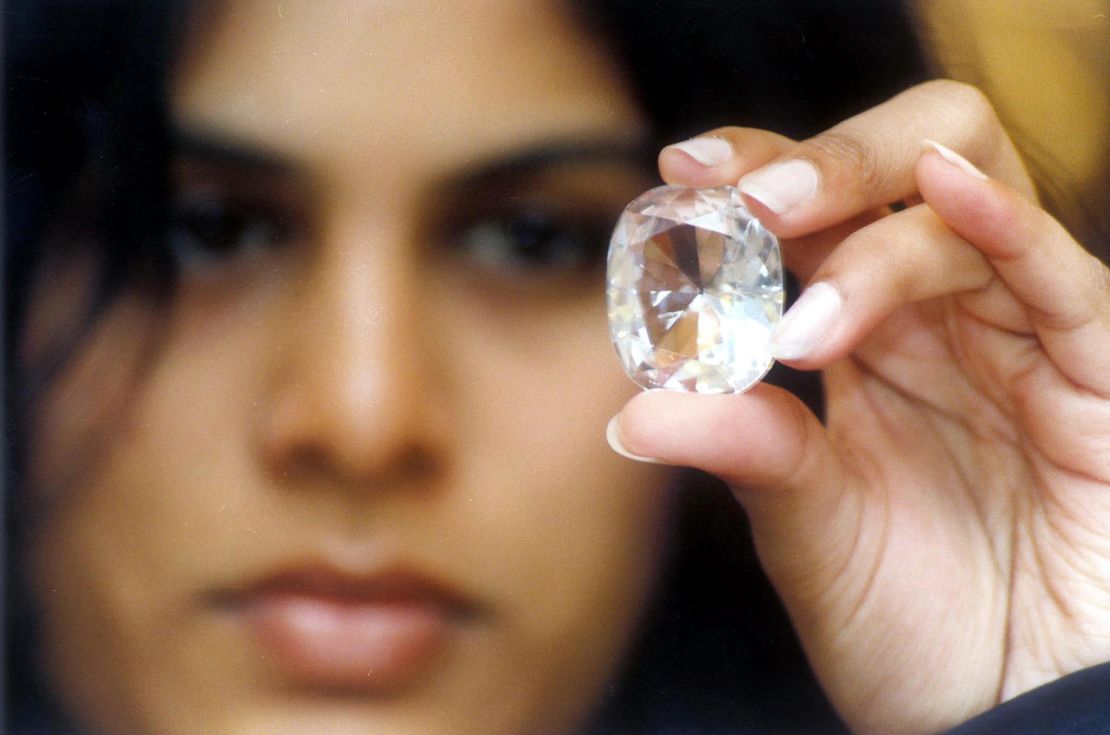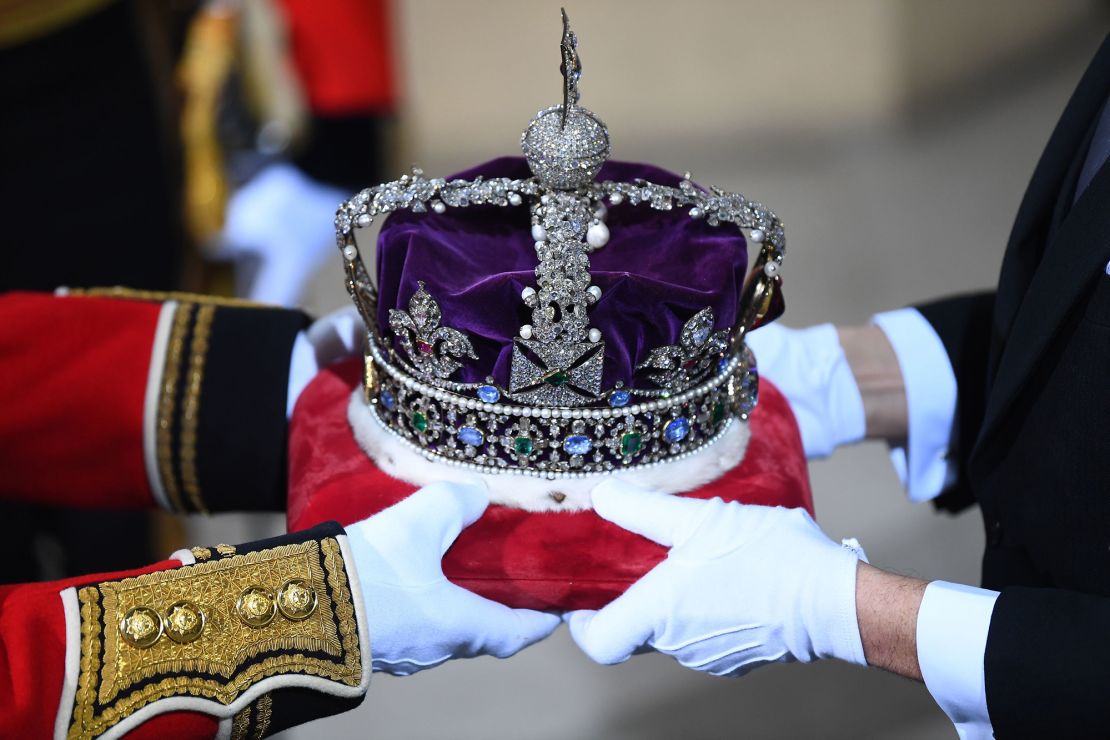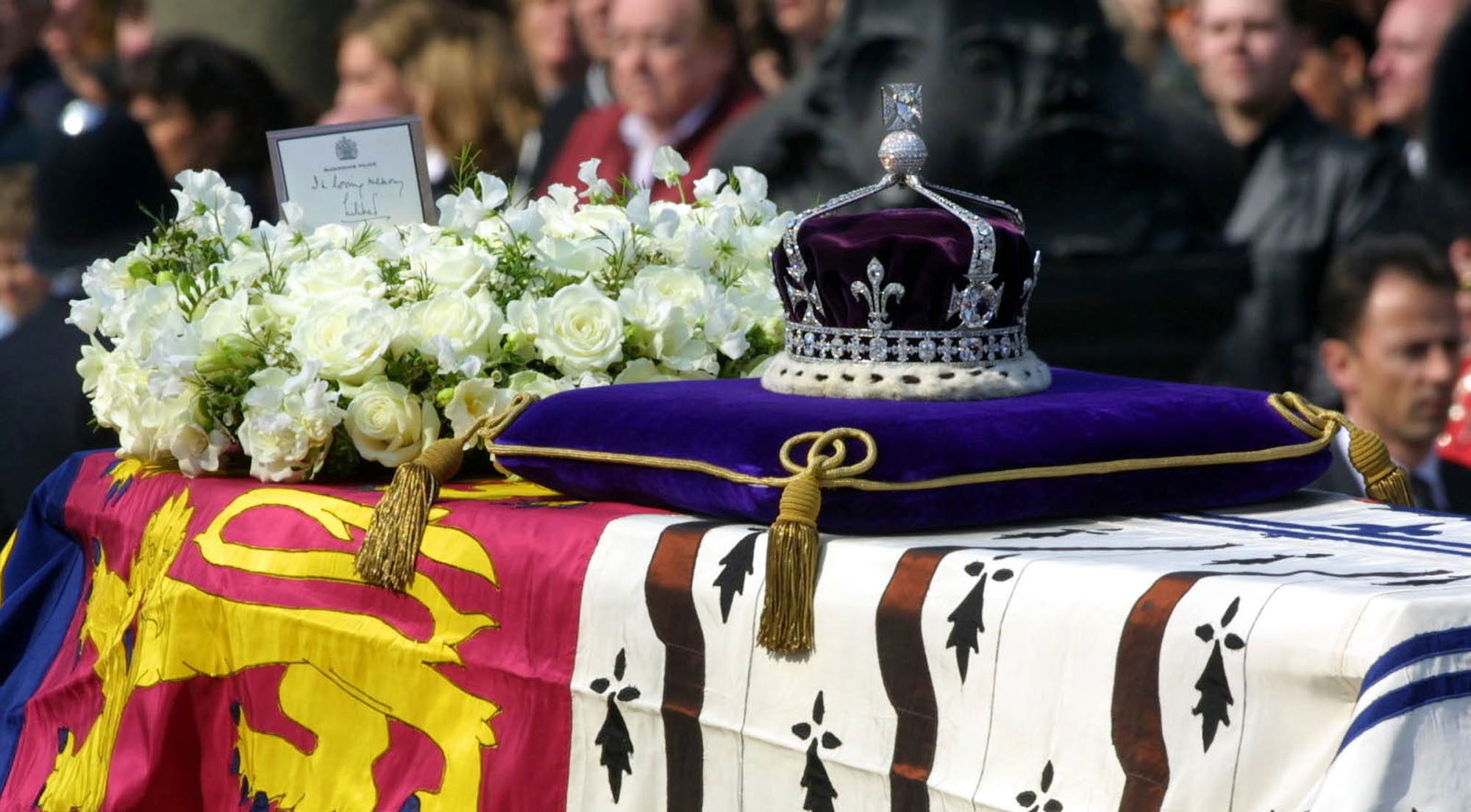The Koh-i-Noor – one of the world’s most famous and controversial diamonds – will be part of a new exhibition at the Tower of London that recognizes it as “a symbol of conquest.”
The display will explore the origins and history of the crown jewels. It opens on May 26 – the same month as the coronation of King Charles III and Camilla, the Queen Consort, according to a statement from the Historic Royal Palaces (HRP) Wednesday.
The exhibit will explain the 105.6 carat diamond’s highly conflicted and colonial past, including how it came to be included in the British crown jewels.
Following Queen Elizabeth II’s death last year, India has renewed calls for the stone’s repatriation. Camilla has decided not to include the contested jewel in her coronation crown, which was set in the Queen Mother’s state crown in 1937.
“(The exhibit) references its long history as a symbol of conquest, which has passed through many hands,” Sophie Lemagnen, media manager for the Tower of London, told CNN Thursday.

Among its previous owners were “Mughal Emperors, Shahs of Iran, Emirs of Afghanistan, and Sikh Maharajas,” HRP said.
The East India Company took the Koh-i-Noor from the deposed Maharaja Duleep Singh in 1849 and it was given to Queen Victoria.
Meaning “mountain of light,” the Koh-i-Noor is thought to have been unearthed in central southern India. Originally at a dazzling 191 carats, it was recut in 1852 to improve its brilliance by Garrard of London, the royal jeweler, to the size it is now.
To explain the stone’s story, the exhibit will be accompanied by a combination of objects and projections. These include an “Indian armlet set with replica Koh-i-Noor, showing its dimensions before its re-cutting, and Queen Alexandra’s crown frame of 1902, which was set with the stone,” Lemagnen said.
A short film, including a map charting the diamond’s journey as it changed ownership, will also be shown, she added.

Other crown jewels to go on display include the coronation spoon used to anoint the monarch. The story of the Cullinan diamond – the world’s largest known clear-cut diamond – will also feature.
Charles Farris, public historian for the history of the monarchy at HRP, said in a statement that the exploration of “their fascinating origins to their use during the Coronation ceremony … will present the rich history of this magnificent collection with more depth and detail than ever before.”
“The Crown Jewels are the most powerful symbols of the British Monarchy and hold deep religious, historic, and cultural significance,” Farris added.
Sign up for CNN’s Royal News, a weekly dispatch bringing you the inside track on the royal family, what they are up to in public and what’s happening behind palace walls.



